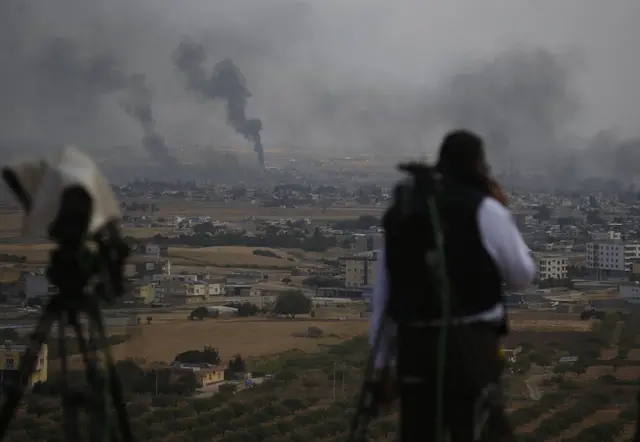By APD writer Liu Yang
U.S. President Donald Trump dropped quite a few jaws around the world when he announced the itinerary of his first overseas trip at the beginning of this month.
Breaking away from a long running tradition of gracing the two U.S. neighbors Canada and Mexico with presidents’ first trips, Trump instead looked to the Middle East to embark on his diplomatic endeavors.
The reason behind such a plan is simple yet significant.
Both candidate Hilary Clinton and President Trump repeatedly complained that the two neighboring countries are not only ripping the United States off in trade, but also, in Mexico’s case, deliberately sending immigrants across the border to destabilize the United States.
As a result, a renegotiation of the North American Free Trade Agreement, the major trade pact between the three countries has been opened, as Trump threatened punitive measures if no concessions were made from Ottawa and Mexico City.
In light of the cooling relationship, it’s highly unlikely that Trump, Canadian Prime Minister Justin Trudeau or Mexican President Enrique Pena Nieto has the appetite for a face-to-face, prompting the White House to cast its sight farther for a suitable destination.
Among the many options Trump faced, the Middle East stood out from the rest. The necessity of directing the Air Force One to Riyadh and Jerusalem is two folds.
Firstly, the Trump administration needed to fortify its relationship with its two most important allies in the region, and mend any cracks that have started to appear toward the end of the Obama administration over thorny issues including the Iranian nuclear deal, the insurgency in Yemen, human rights abuses, unsanctioned settlements in the West Bank, as well as the prolonged civil war in Syria.
Secondly, both Saudi Arabia and Israel play indispensable roles in Trump’s promised war on terrorism. Just this week, U.S. media reported that Trump shared a piece of crucial intelligence from Israel with Russian Foreign Minister Sergei Lavrov, illustrating the intensity of intelligence sharing between the United States and Israel.
On the other hand, Trump must have Saudi Arabia, which was accused of propelling radical Islamic thoughts in the region, to agree to roll back its ideology-based programs and curb private donations to various radical groups.
“United States and the entire civilized world expects our Muslim allies to take a strong stand against radical Islamist ideology, an ideology that uses a perverted interpretation of religion to justify crimes against all humanity,” U.S. National Security Advisor H.R. McMaster told a press briefing on May 12, adding Trump “will call for Muslim leaders to promote a peaceful vision of Islam.”
Of course Trump will also visit the Vatican and meet with the Pope, making him “the first U.S. president to visit the holiest cities of the world’s three major faiths in one trip,” according to the White House.
The reaching out to the religious community is bound to excite Christians in the United States, and relieve anxiety for Muslims, after repeated efforts to ban them from entering the United States.
At the headquarters of the North Atlantic Treaty Organization, Trump will likely reassure jittery European leaders with commitments to NATO he once vowed to scrap, and at the G7 meeting Trump will once again take center stage and enjoy an opportunity to build a rapport with other leaders.
For his first trip, stretching over five legs, Trump has taken on an array of tasks to accomplish, but compared with the embroiling case around his campaign’s alleged collusion with Russia at home, it’s almost like a vacation.
(ASIA PACIFIC DAILY)
 简体中文
简体中文

